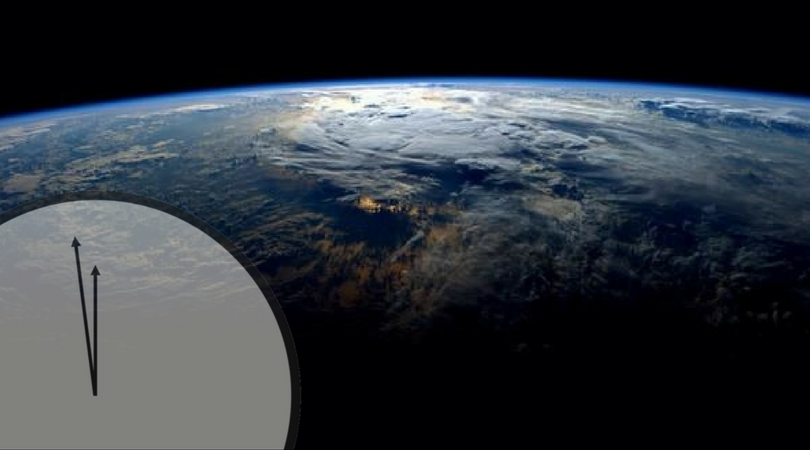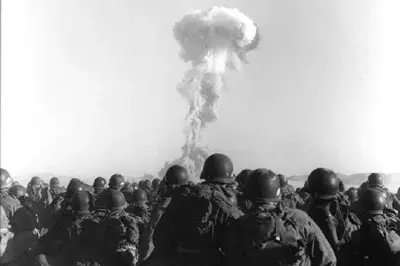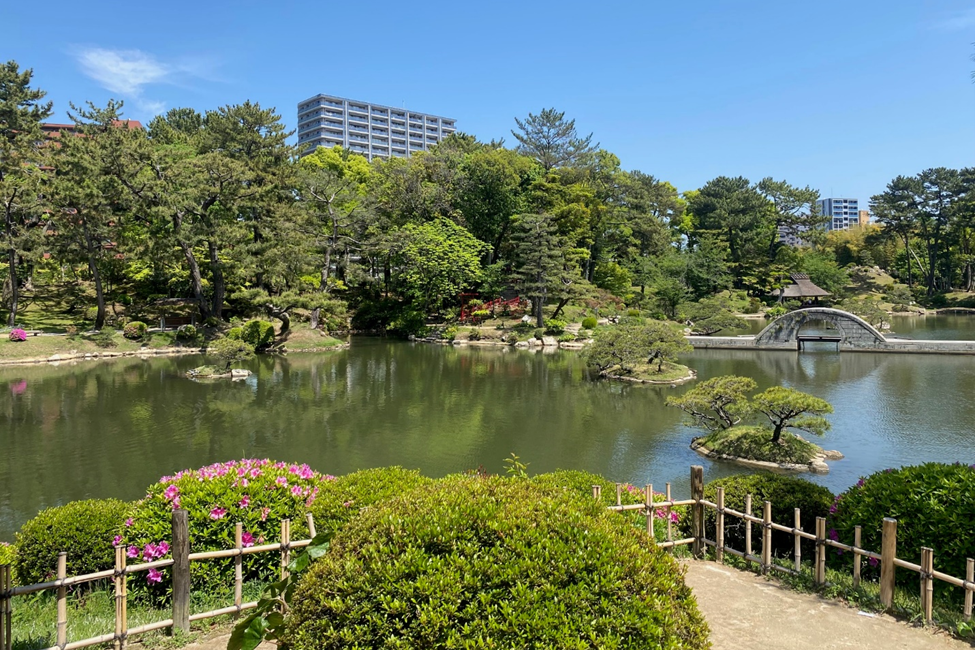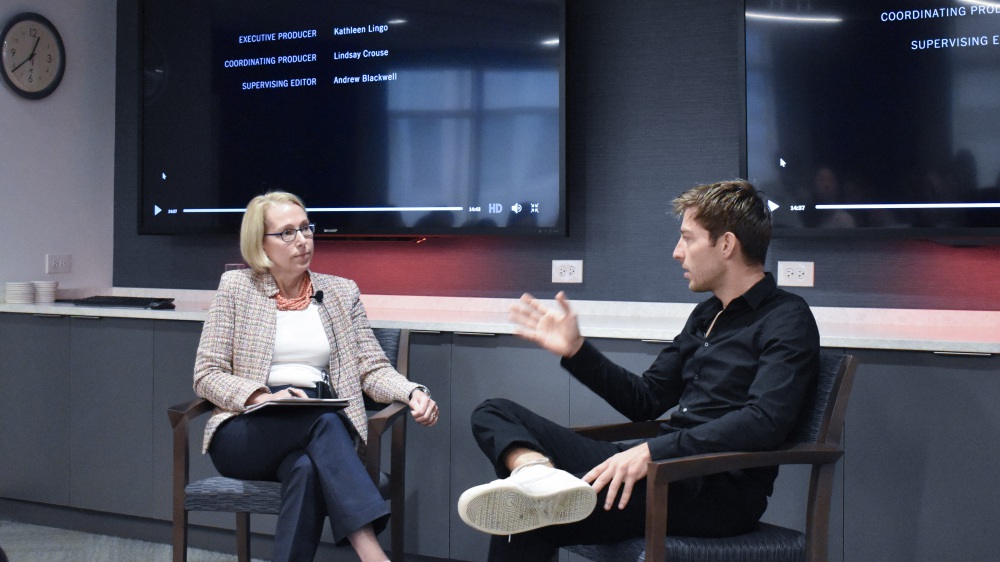
Meaghan Webster
Communications Manager
Atomic Pulse
The world is 30 seconds closer to destruction, experts announced today at the Bulletin of the Atomic Scientists’ annual “Doomsday Clock” event. For the past two years, we’ve hovered at three minutes to “midnight” – a metaphor to warn the public about how close we are to destroying our world with dangerous technologies of our own making. According to experts, we now are just two minutes and 30 seconds away.
“Over the course of 2016, the global security landscape darkened as the international community failed to come effectively to grips with humanity’s most pressing existential threats, nuclear weapons and climate change,” the Bulletin’s Science and Security Board said in a statement.
Each year, placement of the “Doomsday Clock” minute hand is determined by the Bulletin’s expert analysis of how close the world is to destruction. Historically, the clock was altered primarily according to the dangers posed by nuclear weapons, and the closest we ever came to “midnight” was in 1953 after the United States and the Soviet Union tested their first nuclear weapons within six months of each other. In 1960, it was set back from two to seven minutes before midnight, and it has moved back and forth between 17 and three minutes to midnight ever since. More recently, it has been adapted to consider threats from other manmade dangers as well, such as cyberthreats, biotechnology and climate change.
So why did the clock move forward now after staying at three
minutes to midnight for the past two years?
“In 2016, world leaders not only failed to deal adequately
with those threats, they actually increased the risk of nuclear war, and
unchecked climate change, through a variety of provocative statements and
actions including careless rhetoric about the use of nuclear weapons,” said Lawrence
Krauss, chair of the Bulletin Board
of Sponsors and director of the Origins Project at Arizona State University.
“Modernization of nuclear stockpiles is now underway in all
nuclear states,” said Thomas Pickering, former U.S. Under Secretary of State
for Political Affairs and a former U.S. Ambassador. “Nuclear rhetoric is now
loose and destabilizing … We are more than ever impressed that words matter.
Words count.”
How do we step back from the doom and gloom now?
Krauss argues that policymakers should refocus on
existential threats like nuclear weapons, and that the U.S. and Russia need to cooperate
better on these issues to reduce risks.
At NTI, we believe that dialogue with Russia is crucial to
reducing the risk of a dangerous nuclear confrontation. Read our recent
report on de-escalating tensions with Russia to reduce nuclear risks.
Learn more about the Bulletin’s
Doomsday announcement here.
Sign up for our newsletter to get the latest on nuclear and biological threats.
There is no noise at first, only a flash so bright that the soldiers see their own bones and blood vessels through their skin, as if they have x-ray vision.
"Visiting Hiroshima imparted to me a deep sense of responsibility as well as a renewed energy to work towards a world without nuclear weapons," writes Program Officer Ananya Agustin Malhotra.
Filmmaker Morgan Knibbe screens “The Atomic Soldiers” at NTI



